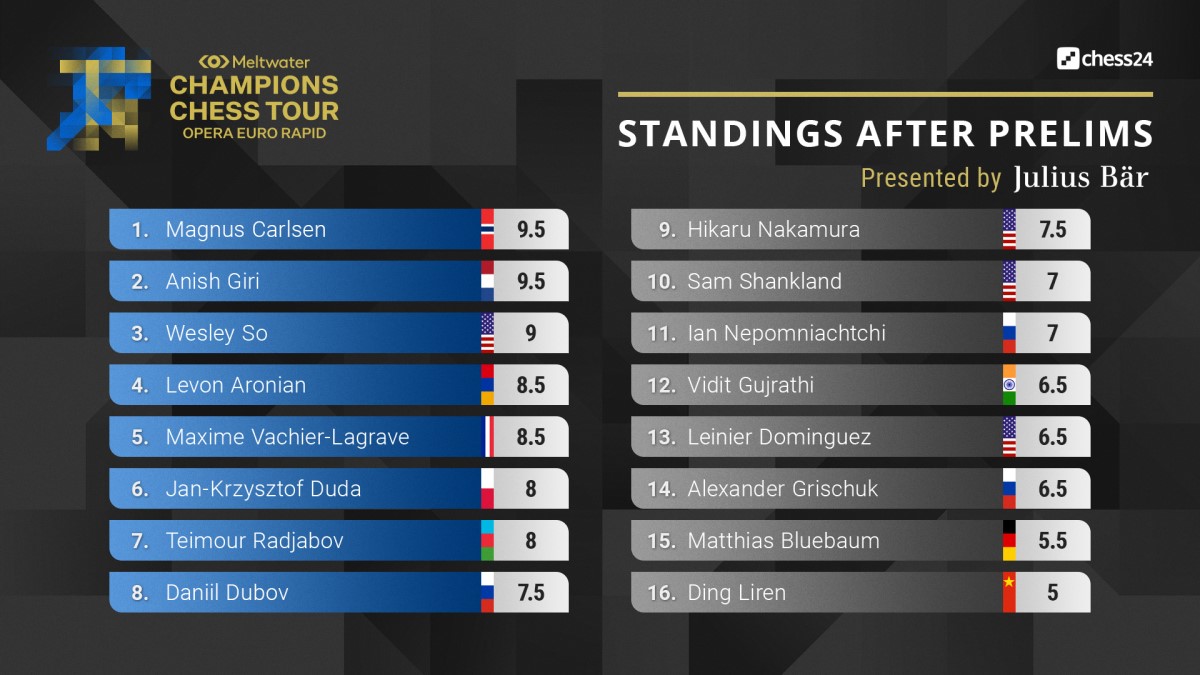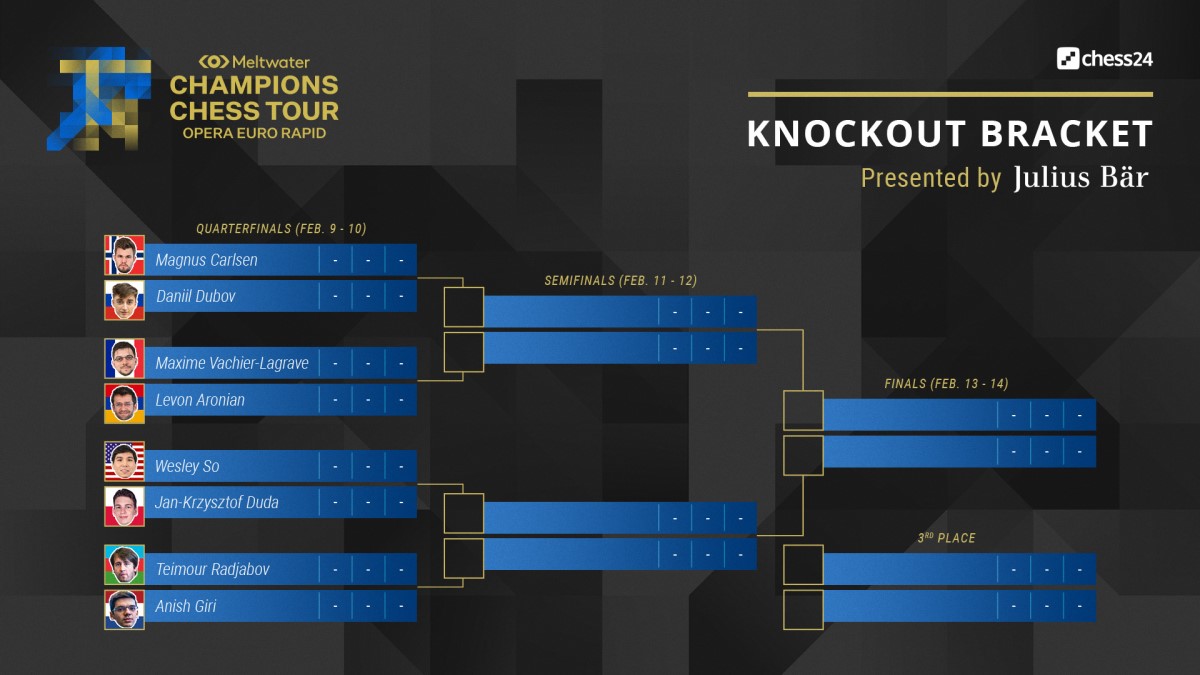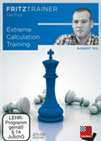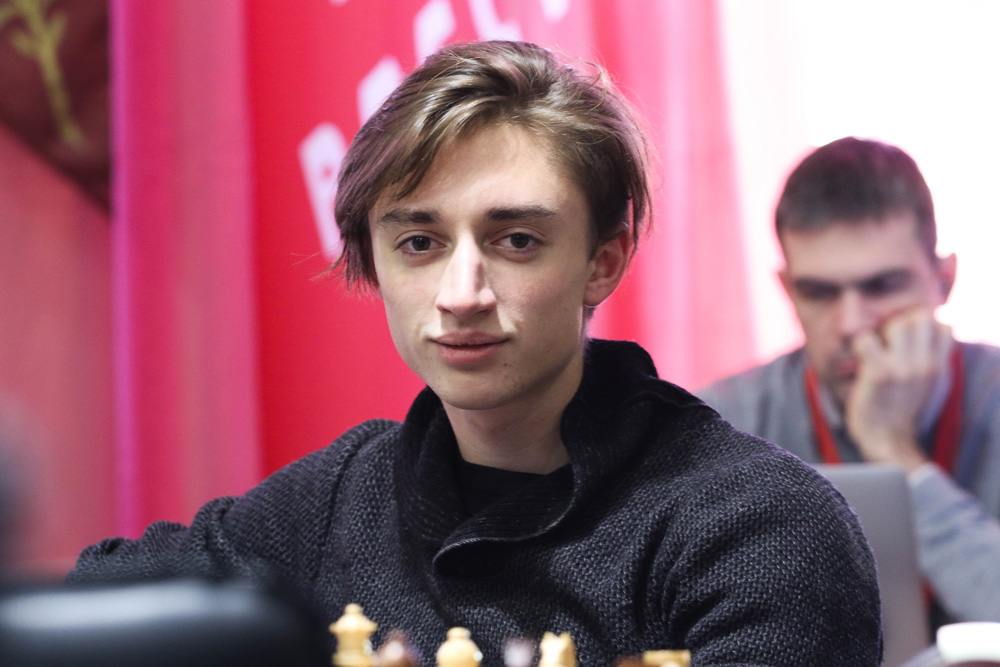On to the quarterfinals
When you see the final standings of a 16-player round-robin tournament and notice that Ding Liren is the participant sitting at the bottom of the table you know it was a strong event. Only half of the players moved on to the knockout stage, with some big names leaving the competition after three days of action — besides Ding, Hikaru Nakamura, Ian Nepomniachtchi and Alexander Grischuk were also eliminated.
 Fischer liked to play aggressive but basically sound lines against the Sicilian and many of his variations are still very much alive and a good choice for players of all levels.
Fischer liked to play aggressive but basically sound lines against the Sicilian and many of his variations are still very much alive and a good choice for players of all levels.Perhaps the most surprising elimination was Nakamura’s, though, as he has shown excellent results in online tournaments during the pandemic and is still the number one ranked player in the blitz ratings list.
Furthermore, it seemed like things were going his way after he scored a key victory over Matthias Bluebaum in the penultimate round and had a winning position against Sam Shankland in round 15. Suddenly, however, things took a turn for the worse, as he not only gave up his advantage but ended up losing the last game of the preliminaries.
This meant he had finished the with a fifty-percent 7½/15 score and needed Grischuk to beat Daniil Dubov to make it into the knockout. In the end, Dubov drew his compatriot and only qualified thanks to the tournament’s tiebreak criteria — he scored as many points as Nakamura but collected a larger number of wins.

Click to enlarge
The top of the table
Meanwhile, in the fight for first place, Magnus Carlsen did not have a great day as he beat Vidit and lost to Ding for a 2½/5 score. Anish Giri, who defeated Bluebaum and drew his remaining four games on Monday, caught up with him in the end — however, the Dutchman finished second on the same tiebreak criterion that left Nakamura out of contention.
 This DVD allows you to learn from the example of one of the best players in the history of chess and from the explanations of the authors (Pelletier, Marin, Müller and Reeh) how to successfully organise your games strategically, consequently how to keep y
This DVD allows you to learn from the example of one of the best players in the history of chess and from the explanations of the authors (Pelletier, Marin, Müller and Reeh) how to successfully organise your games strategically, consequently how to keep yWith Carlsen winning the round robin and Dubov barely making it into the quarterfinals, perhaps one of the most exciting pairings will be seen in the first round of the knockout. Let us not forget that Dubov knocked out Carlsen in the first stage of the knockout at the Airthings Masters. The ever-fighting Russian told Kaja Snare:
For me, it will be great fun. He’s still my favourite opponent, so I’m obviously very happy to play him again. So it’s once again the same story, I repeat the same thing — I don’t care about the result playing Magnus, he’s human, blah, blah, blah (smiles).
The remaining pairings will see Giri facing Teimour Radjabov, who was the only player to finish the preliminaries undefeated, as he won one and drew his remaining fourteen games to get seventh place; Levon Aronian will play his friend Maxime Vachier-Lagrave after both players scored 8½ points; and Wesley So will face Jan-Krzysztof Duda, who collected 3 points on Monday to join the top half of the standings table — the Polish star’s ascent included a thrilling victory over Dubov in round 13.

Click to enlarge
Duda and Dubov make it fun
A highlight of the day was the encounter between two of the most daring players of the circuit. Duda had the white pieces and went for it from the start:
14.Nxe6 fxe6 15.Qh5+ and Black needs to hold tight but is already a piece up. There followed 15...g6 16.Bxg6+ hxg6 17.Qxg6+ (not 17.Qxh8+ Nf8, when Black keeps things under control) 17...Kf8 18.Bh6+ Rxh6 19.Qxh6+.
The black king is exposed, but White has given up all his minor pieces — he needs more ammunition to continue the attack.
Dubov, who is known for being a fearless attacker, found ways to deal with his opponent’s initiative in the ensuing complications. In fact, the engines evaluated the position as equal for quite a while, until the Russian erred on move 32:
 Special attention will be paid to Intermediate Moves, Quiet Moves, Sacrifices on Empty Squares, Mating Patterns, Ignoring Opponents Threat, Calculation in Defence and Method of Comparison. Plus 50 interactive examples to test your knowledge.
Special attention will be paid to Intermediate Moves, Quiet Moves, Sacrifices on Empty Squares, Mating Patterns, Ignoring Opponents Threat, Calculation in Defence and Method of Comparison. Plus 50 interactive examples to test your knowledge.
32...Nf6+ was a mistake as it allowed the good-looking 33.Qxg8+ and White gets a new queen — 33...Nxg8 34.e8Q.
Duda had a winning position, but Black eventually got two passed pawns on the queenside, forcing his opponent to play carefully while trying to make the most of his advantage. Duda did not calculate precisely and faltered on move 44:
It was tough to decide against 44.Qxa6, but 44.Rf4 was the right way forward, creating a number of threats connected to e8 or Rg4+. After Duda’s choice, though, the engines again considered the position to be equal. White eventually exchanged his rook for Black’s two minor pieces and entered a queen endgame three pawns to the good. Dubov was the one who made the last mistake, however:
Black could have ended the game with 48...Qc2+ 49.Kh3 Qh7+ and the king cannot escape the checks. Instead, Dubov played 48...b1Q and lost the game eight moves later.
GM Karsten Müller took a deeper look at the endgame with four queens on the board!
Instructive analyses by Karsten Müller
Our in-house endgame specialist not only looked at the final stage of the spectacular game above, but also analysed a couple of endgames played by world champion Magnus Carlsen — one in which he used an outside passed pawn to get the better of Vidit, and one in which he survived against Dubov in and endgame with a pair of bishops against a rook.
Select an entry from the list to switch between games
All games
Links

























